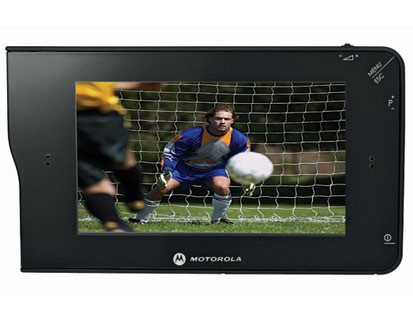I have my own thoughts on community uplink mobile video. What is the implication for
users and for operators?
(Flixwagon help:) "Since the Flixwagon mobile application uses the internet to broadcast videos, we recommend that users upgrade their mobile plans to unlimited internet access. On average, a minute of broadcast uses up around 1Mb of your data plan. With unlimited access, users will not incur any minute-by-minute charges associated with mobile internet usage."
That's actually great for operators, drives people straight into the stores to get data plans. Finally an application that people want that requires data. No more "operator pushed" data plans. That's smart.
What do operators have for data in their stores?
Vodafone UK will give you monthly 120MB for 7.50 pounds or for 1 pound/day for casual use you'll get up to 15MB. You'll find this "unlimited with fair use" policy everywhere.
Sprint, a good representative of the new US "Simply everything" set of plans from operators, will give you for $99/month "unlimited data", with the small print "Service is not available to use as modem, ..., other systems that drive continuous heavy traffic or data sessions". W/o a data plan, Sprint data will cost you 3c/kB.
So imagine these guys want to go way beyond YouTube (As you have a cell phone in your povket always, whereas PC cam is...well...connected to a PC). Here's some YouTube stats:
200K video uploads daily. Average Video Length slightly below 3 minutes. Average Age of Uploader: 26.57. That's clearly going to change.
Back-of-envelope math: that's 200k*3*1MB/min = 0.6TB of data/day uplink.
... 0.6TB/day...
here's an interesting quote: "YouTube videos take up an estimated 45 terabytes of storage - about 5,000 home computers' worth - and require several million dollars' worth of bandwidth a month to transmit."
Remember how the introduction of iPhone brought AT&T data network to its knees? I wonder what would this do to the operators, technology-wise and commercially.
I think these guys have got their technology and commercial work cut out for them. Good luck to them!
If you're into weddings, watch the video here
Now all that's left is for someone to step on and play the broker between all these feeds and the news, sports, entertainment channels...

 Recently I've heard of quite a few mobile startups who decided to be practical about their strategy. Got me thinking of how far do you go believing in a future vision vs. solving a "today" problem.
Recently I've heard of quite a few mobile startups who decided to be practical about their strategy. Got me thinking of how far do you go believing in a future vision vs. solving a "today" problem.
 Recently I had a chance to gt more familiar with
Recently I had a chance to gt more familiar with 



 Been reading today from a couple of corners in my Google Reader about mobile content and data.
Been reading today from a couple of corners in my Google Reader about mobile content and data.

 Linkedin/amirrozenberg
Linkedin/amirrozenberg Twitter/amir_rozenberg
Twitter/amir_rozenberg GMail/Amir Rozenberg
GMail/Amir Rozenberg Facebook/Amir Rozenberg
Facebook/Amir Rozenberg

